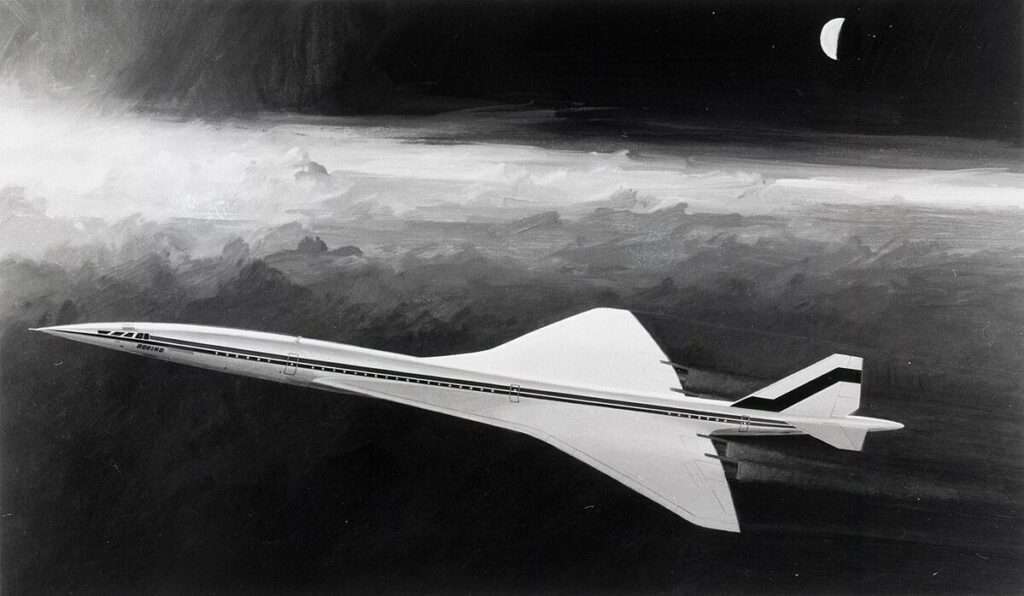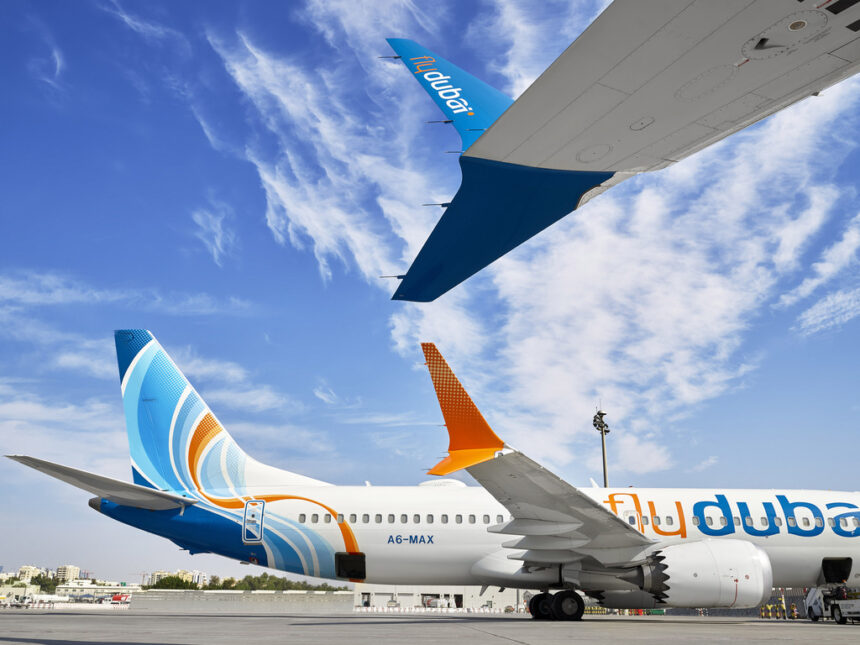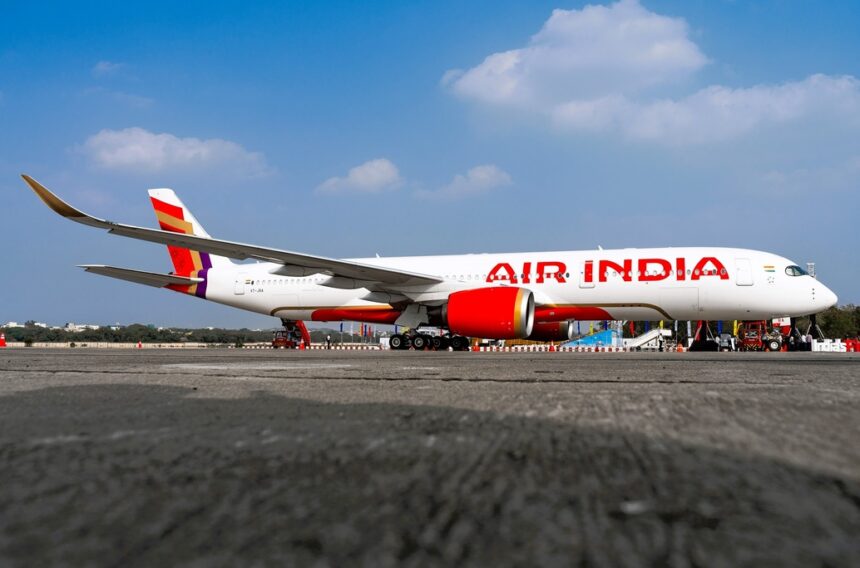The Boeing 2707 was an American supersonic passenger airliner project during the 1960s. After winning a competition for a government-funded contract to build an American supersonic airliner, Boeing began development at its facilities in Seattle, Washington.
It was planned to be larger and faster than other supersonic rivals, including Concorde.
An Ambitious Project
The Boeing 2707 was designed to cruise at Mach 3 (three times the speed of sound), with a seating capacity of 250 to 300 passengers.
It would have been able to fly from New York to London in just three hours, compared to seven hours for a subsonic airliner.
However, the Boeing 2707 was a very ambitious project, and it was soon plagued by technical and financial problems.
The aircraft would have been very complex and expensive to build, and it would have required new engines and materials that were not yet available.
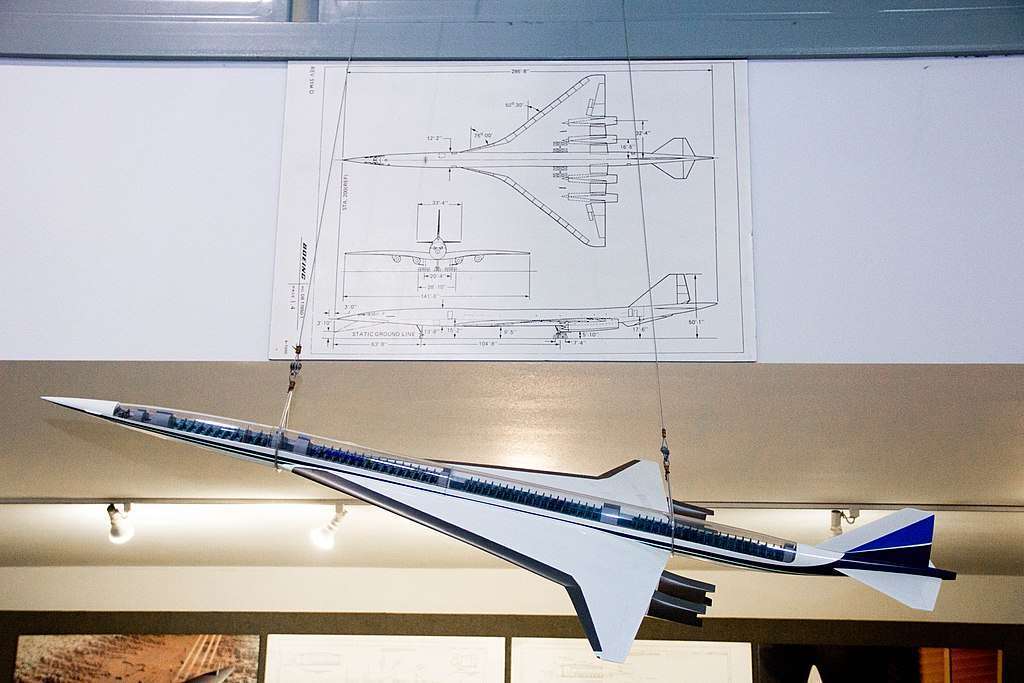
[monsterinsights_popular_posts_inline]
In addition, there were growing concerns about the environmental impact of supersonic aircraft. Supersonic flight generates sonic booms, which can be very disruptive to people on the ground. There were also concerns about the impact of supersonic flight on the ozone layer.
In 1971, the US government canceled its funding for the Boeing 2707 project. The aircraft was never built, and the Boeing 2707 remains one of the most expensive aircraft never built.
Despite its cancellation, the Boeing 2707 project did produce some important technological advances.
For example, the aircraft’s design incorporated many features that are now common on modern airliners, such as fly-by-wire control systems and glass cockpits.
Comparing the Pair: Boeing SST vs Concorde
The Boeing SST and the Concorde were two of the most ambitious aircraft projects of the 20th century. Both aircraft were designed to fly at supersonic speeds, capable of crossing the Atlantic Ocean in just a few hours.
Design
The Boeing SST was originally designed to be a widebody, four-engine aircraft with a swing-wing. The swing wing would have allowed the aircraft to fly efficiently at both subsonic and supersonic speeds.
Over the course of design in the 1950s, Boeing worked on multiple design alternatives, which included the swept delta wing design, as well as the swing-wing option.
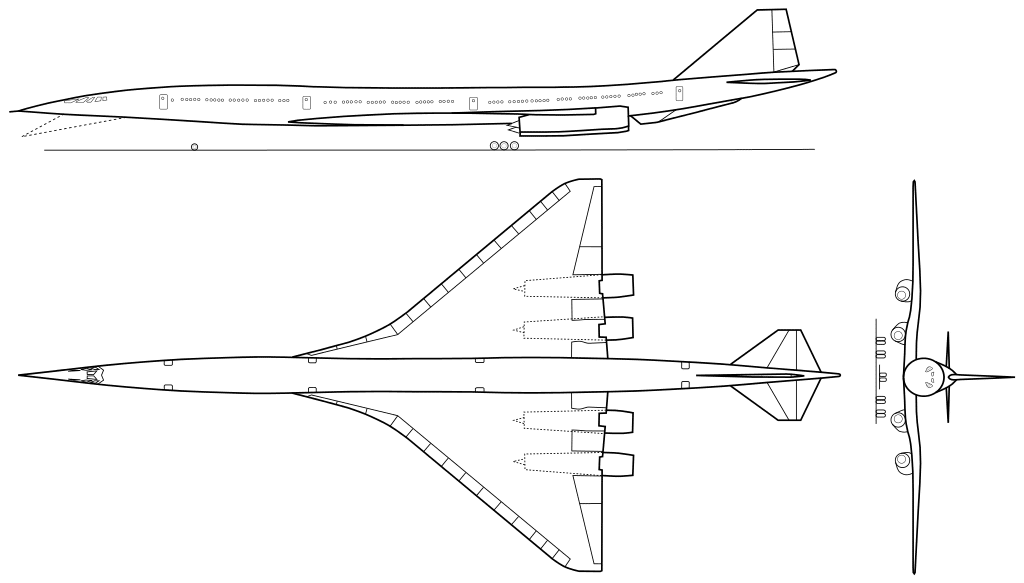
Ultimately, the swing-wing option proved both heavy and more expensive; forcing a re-think by designers in the late-1960s, which saw a return to the delta wing concept.
By this time, the potential payload was also being reduced to around 234 passengers. Nonetheless, work on a mock-up and two test aircraft commenced in 1969.
The Concorde, on the other hand, was a somewhat smaller, multi-engine aircraft which settled on the delta wing configuration. The delta wing was designed for high-speed flight, but it was less efficient at subsonic speeds.
Performance
The Boeing SST was designed to cruise at Mach 3 (three times the speed of sound), while the Concorde cruised at Mach 2.04 (twice the speed of sound).
The Boeing SST would have had a longer range than the Concorde, but it would have also been potentially more expensive to operate.
Economics
Both the Boeing SST and the Concorde were very expensive to operate. The Boeing SST would have been even more expensive to operate than the Concorde, due to its larger size and more complex engines.
The Boeing SST was planned to be powered by four General Electric GE4 turbojet engines.
Environmental Impact
Both the Boeing SST and the Concorde suffered from a similar controversy due to their environmental impact.
Supersonic flight generates sonic booms, which increase the operational noise footprint, and can be very disruptive to people on the ground.
There were also concerns about the impact of supersonic flight on the ozone layer.
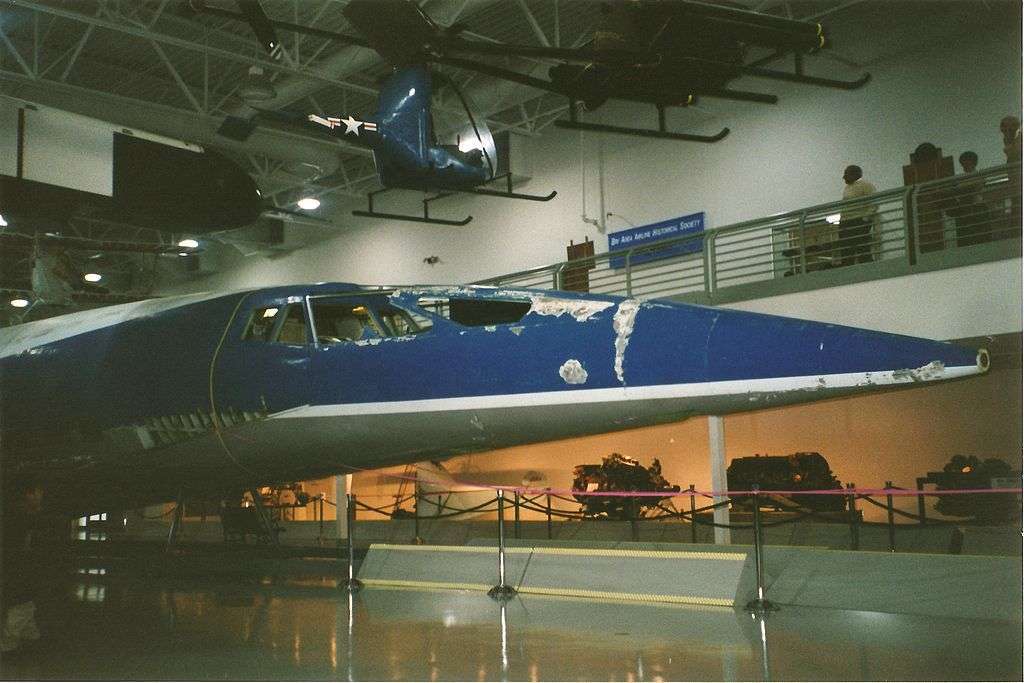
Development & Termination
The Boeing SST project began in the early 1960s. Boeing won a government contract to develop a supersonic airliner in 1966.
However, the project was plagued by technical and financial issues. The aircraft was proving to be increasingly complex and expensive to build.
In addition, there were growing concerns about the environmental impact of supersonic aircraft. As a result, the uptake of production was short-lived.
With Boeing planning to commence flight testing of its prototype in the early 1970s, the US government canceled its funding for the Boeing SST project in 1971.
The following table compares the originally proposed Boeing SST design and the Concorde:

Conclusion
The Boeing SST and the Concorde were two of the most ambitious aircraft projects of the 20th century.
Both aircraft were designed to fly at supersonic speeds, capable of crossing the Atlantic Ocean in just a few hours. However, the two aircraft went on to different fates.
The Boeing SST was a larger, more ambitious aircraft than the Concorde. However, the Boeing SST was also proving to be more expensive to develop and operate.
The Boeing SST project was canceled in 1971, amid ongoing technical and financial problems, and increasing criticism over environmental concerns.

Click the banner to subscribe to our weekly newsleter.





